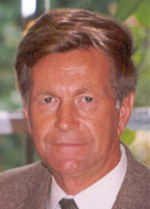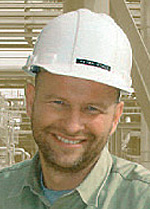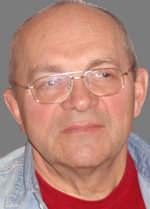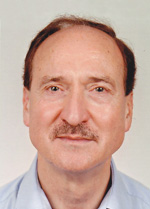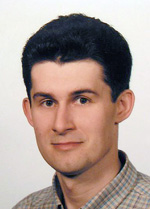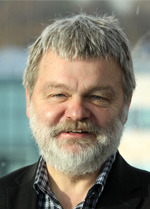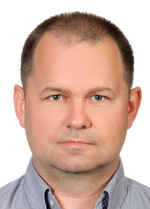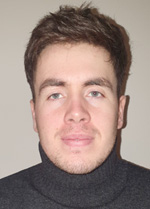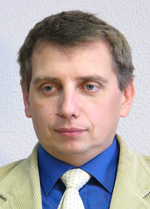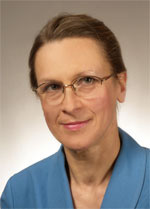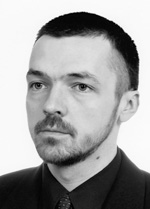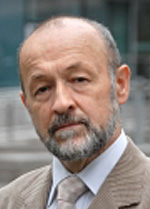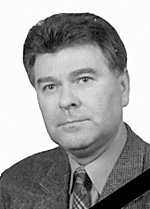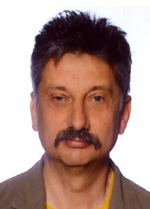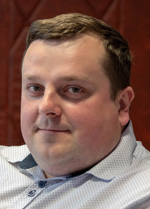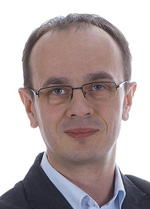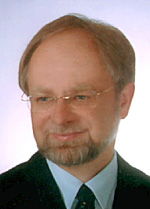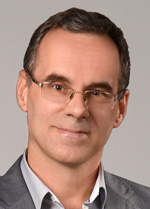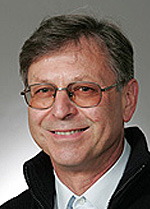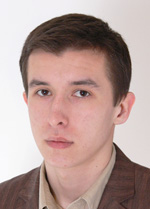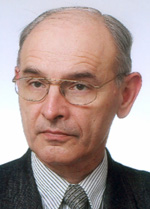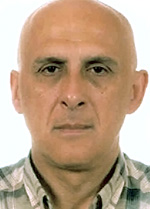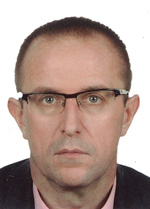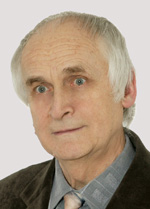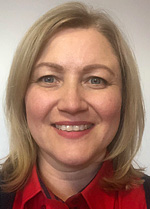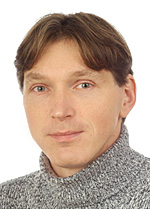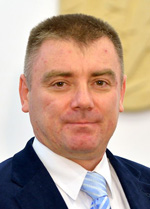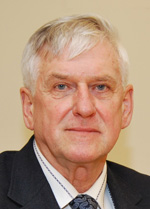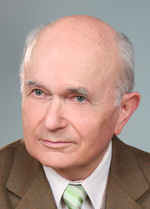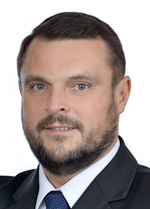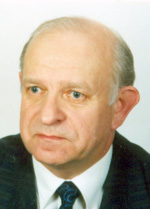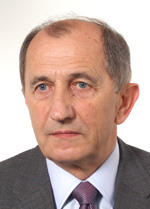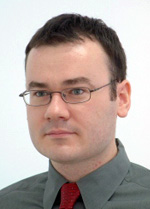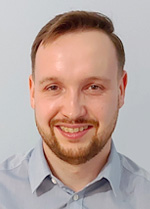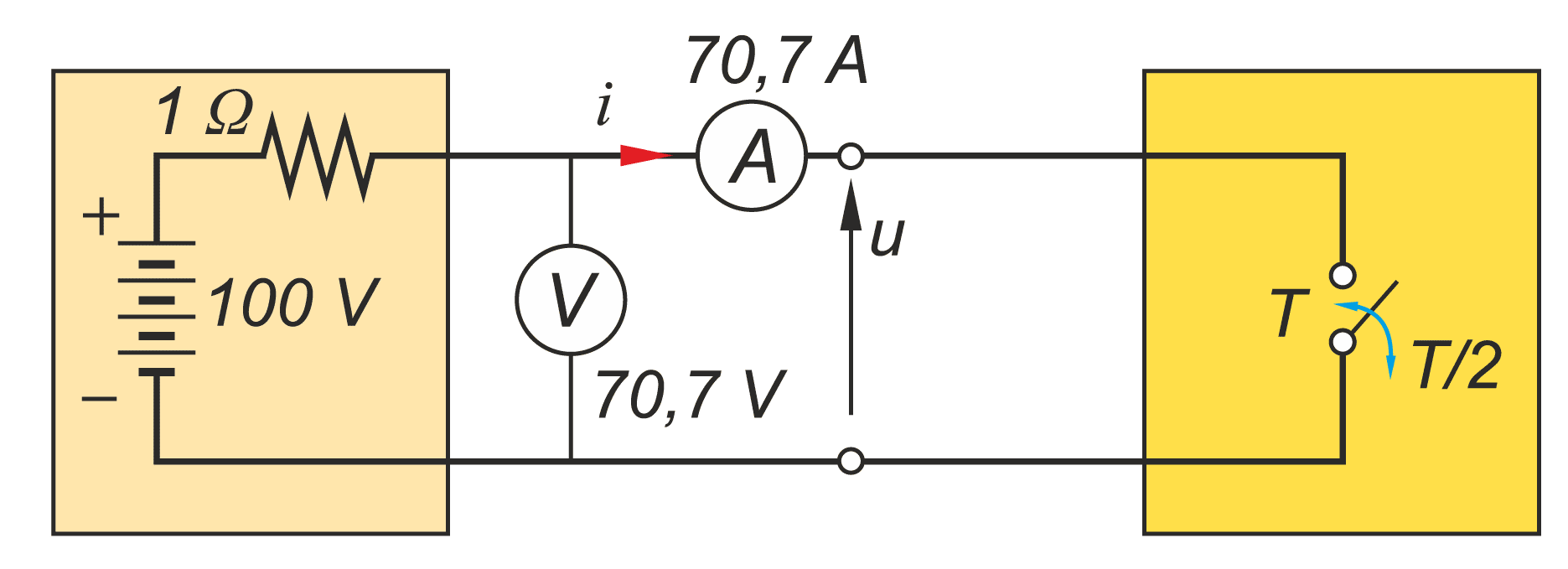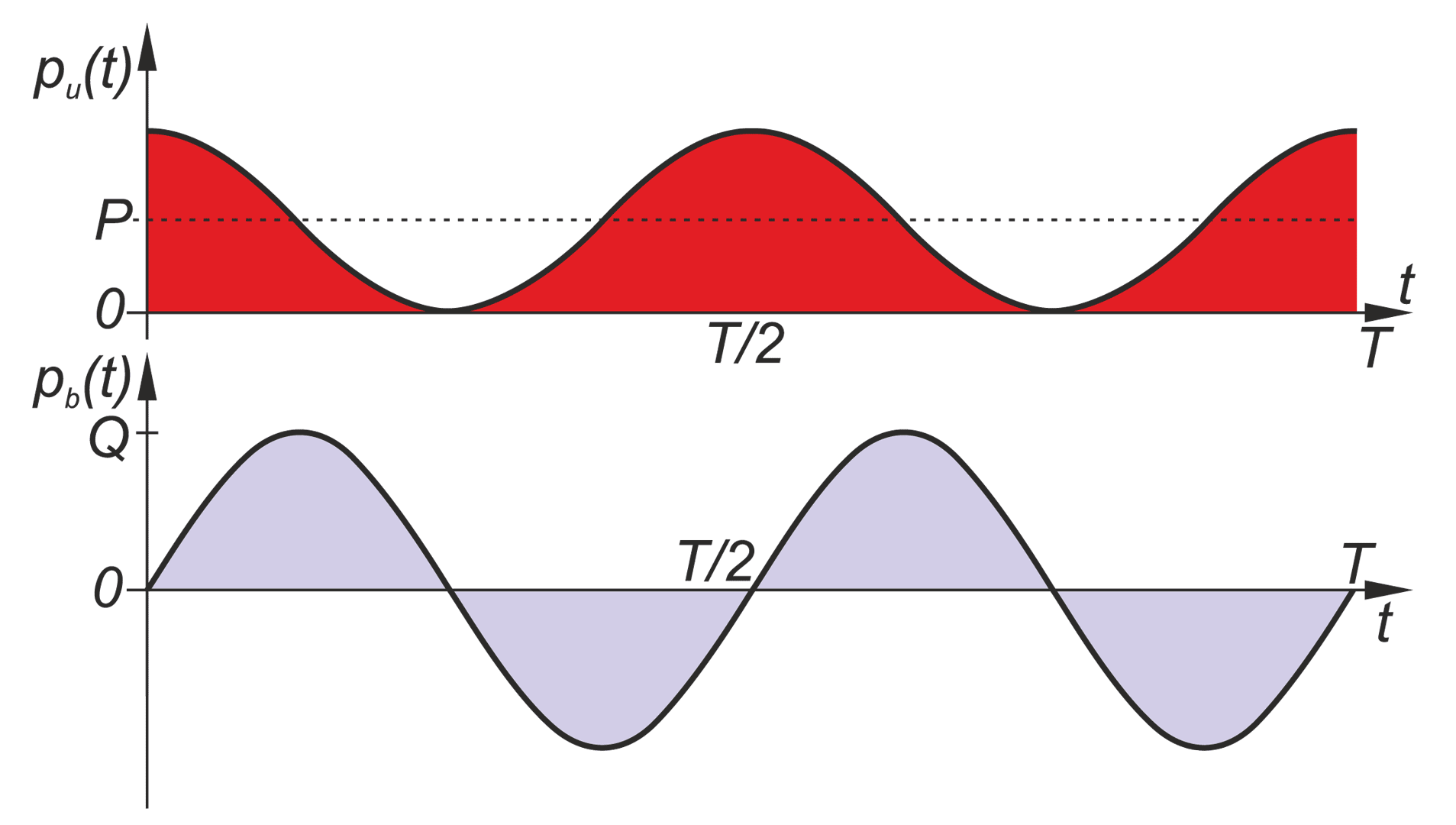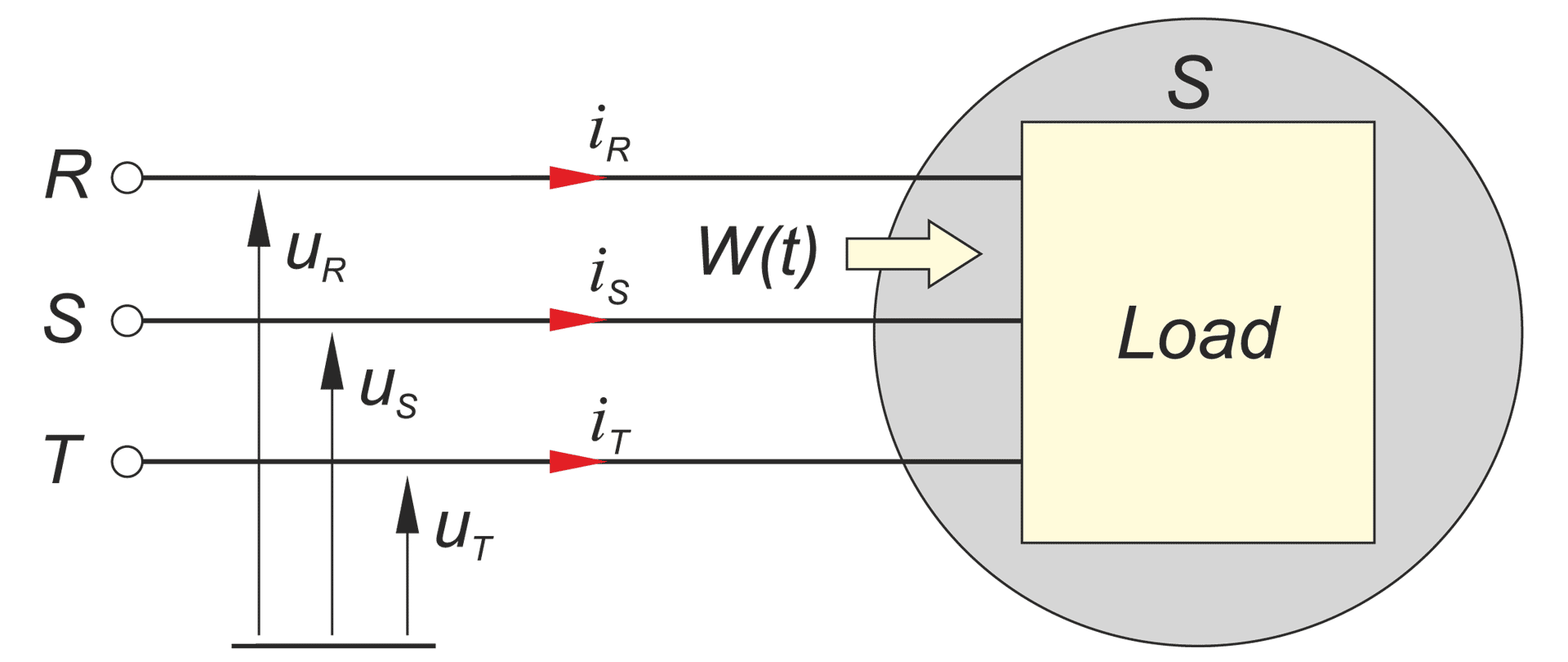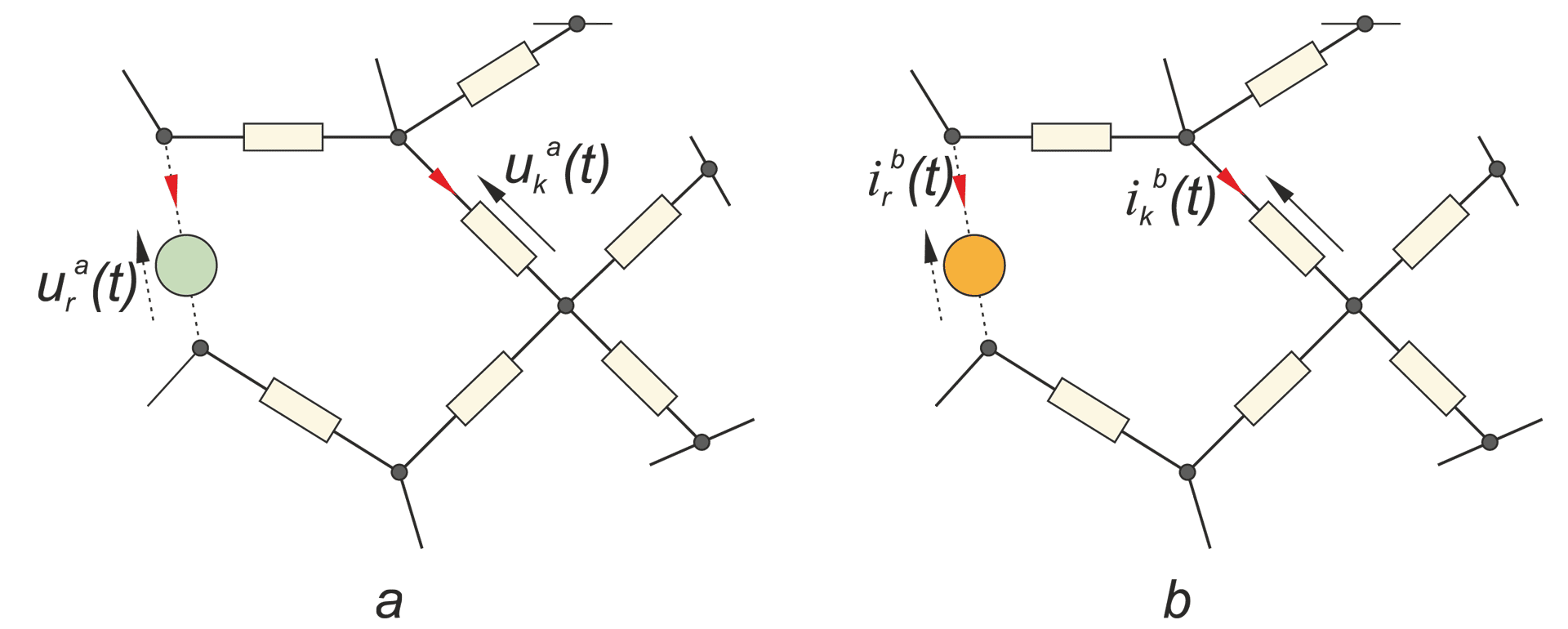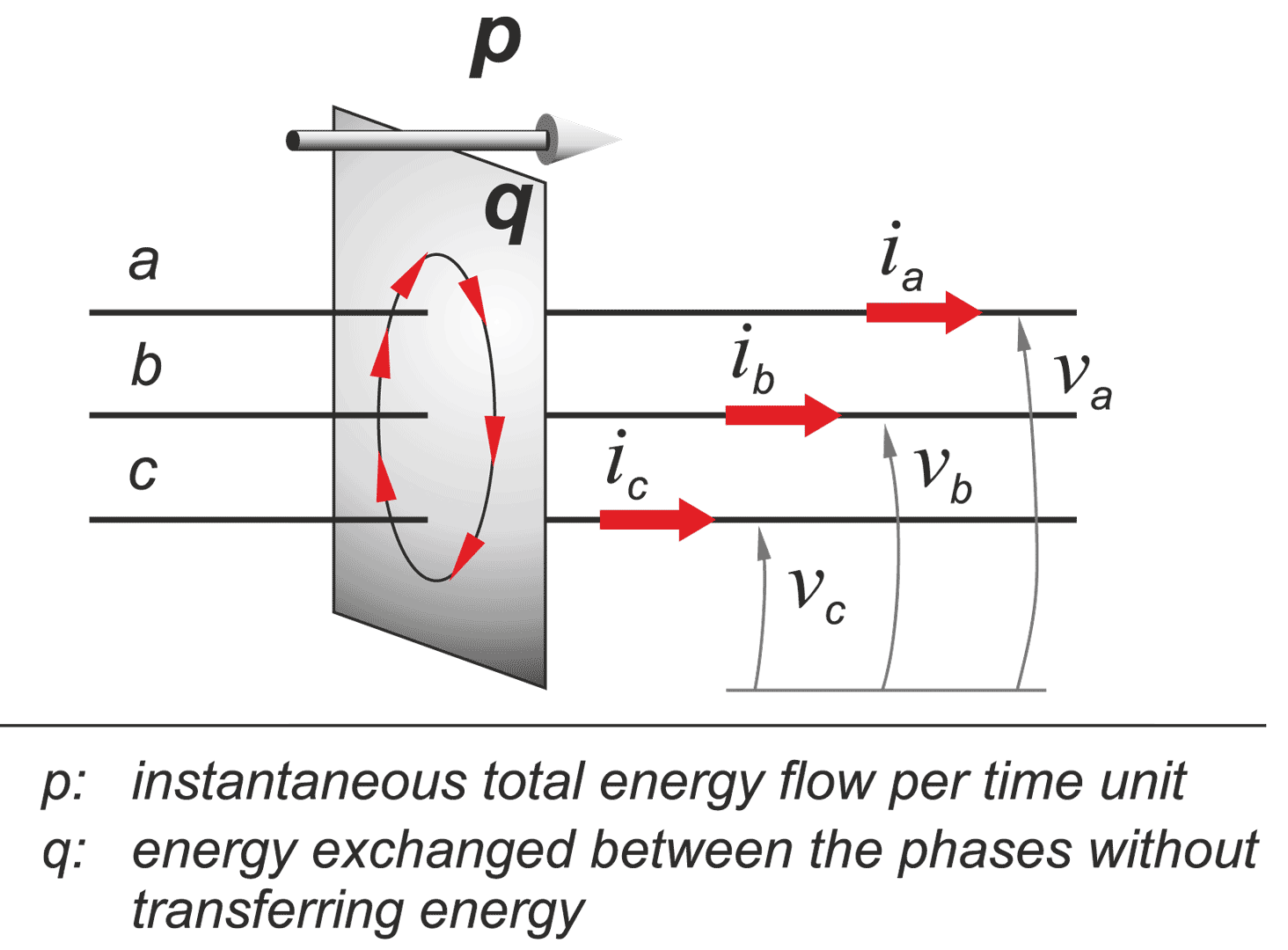E-pismo dla elektryków i elektroników
AUTOMATYKA, ELEKTRYKA, ZAKŁÓCENIA
Vol. 15, nr 1 (55) 2024
Esej o kłopotach elektryków z fizyką
Essay On Troubles of Electrical Engineers with Physics
prof. dr hab. inż. Leszek S. CZARNECKI
Abstract
This Essay shows that, although electrical engineering has emanated from physics, nonetheless it is sometimes with this physics in conflict. Some properties of electrical circuits are from the physics perspective erroneously interpreted or thought that some objects exist physically. It refers to some electrical powers and harmonic components. There are even some alleged physical phenomena. This conflict of electrical engineering with physics is subjective, however, an electrical engineer can understand and interpret physical properties of electrical circuits in his own way
Streszczenie
Ten esej pokazuje, że jakkolwiek elektrotechnika jest technologicznie zorientowaną emanacją fizyki, to pozostaje niekiedy z tą fizyką w konflikcie. Pewne właściwości obwodów elektrycznych bywają z perspektywy fizyki błędnie interpretowane lub też pewnym obiektom przypisuje się istnienie fizyczne. Dotyczy to pewnych mocy elektrycznych oraz składowych harmonicznych. W przekonaniu pewnych elektryków istnieją nawet zjawiska fizyczne, które w istocie są jedynie domniemane. Ten konflikt elektrotechniki z fizyką ma oczywiście charakter subiektywny, każdy elektryk może rozumieć fizyczne cechy obwodu w sposób odmienny.
Keywords
physical properties, conflict, physical phenomena, harmonic components
Słowa kluczowe
fizyczne cechy obwodu, konflikt elektrotechniki, składowe harmoniczne
Rys. / Fig.
Bibliografia / Bilbiography
[1] Ch.P. Steinmetz: “Is a phase-shift in the current of an electric arc?”, (in German), Elektrotechnische Zeitschrift, Heft 42, 567-568, 1892.
[2] C.I. Budeanu:“Puissances reactives et fictives”, Institut Romain de lEnergie, Bucharest, 1927.
[3] S. Fryze: “Active, reactive and apparent powers in systems with distorted waveform”, (in Polish) Przeglad Elektrotechniczny, Z. 7, 193-203, 1931; Z. 8, 225-234, Z. 22, 673-676, 1932.
[4] W. Shepherd, P. Zakikhani: “Suggested definition of reactive power for nonsinusoidal systems”, Proc. IEE, Vol. 119, No. 9, 1361-1362, 1972.
[5] N.L. Kusters, W.J.M. Moore: “On the definition of reactive power under nonsinusoidal conditions”, IEEE Trans. Pow. Appl. Syst., Vol. PAS-99, 1845-1854, 1980.
[6] H. Akagi, Y. Kanazawa, A. Nabae: “Generalized theory of the instantaneous reactive power in three-phase circuits”, Proc. JIEE-IPEC, Tokyo, 1375-1380, 1983.
[7] M. Depenbrock: “The FBD-method, a generalized applicable tool for analyzing power relations”, IEEE Tran. on Power Delivery, Vol. 8, No. 2, 381-387, 1987.
[8] P. Tenti, P. Mattavelli: “A time-domain approach to power term definitions under non-sinusoidal conditions”, Proc. of the Six Int. Workshop on Power Definitions and Measurement Under Nonsinusoidal Conditions, Milano, 2003.
[9] L.S. Czarnecki: “Currents’ Physical Components (CPC)–based Power Theory. A Review, Part I: Power Properties of Electrical Circuits and Systems”, Przegląd Elektrotechniczny, R95, No. 10, 1-11, 2019.
[10] L.S. Czarnecki: “Powers and Compensation in Circuits with Nonsinusoidal Current.”, Oxford University Press, 2024.
[11] L.S. Czarnecki: “What is wrong with the Budeanu concept of reactive and distortion powers and why it should be abandoned”, IEEE Trans. IM, Vol. IM-36, No. 3, 834-837, 1987.
[12] L.S. Czarnecki: “Budeanu and Fryze: Two frameworks for interpreting power properties of circuits with nonsinusoidal voltages and currents”, Archiv fur Elektr., (81), No. 2, 5-15, 1997.
[13] L.S. Czarnecki: “Additional discussion to "Reactive power under nonsinusoidal conditions”, IEEE Trans. on Power and Systems, Vol. PAS-102, No. 4, 1023-1024, 1983.
[14] L.S. Czarnecki: “On some misinterpretations of the Instantaneous Reactive Power p-q Theory”, IEEE Trans. on Power Electronics, Vol. 19, No. 3, 828-836, 2004.
[15] L.S. Czarnecki: “Comparison of the Conservative Power Theory (CPT) with Budeanus power theory”, Annales of the University of Craiova, 51-59, 2016
[16] IEEE, The New Standard Dictionary of Electrical and Electronics Terms, 1997
[17] S. Fryze: ”Theoretical and physical fundamentals for the active, reactive and apparent power definitions in multi-phase systems with distorted voltages and currents”, (in Polish), Scientific Letters of Gliwice Univ. of Techn., Elektryka, No. 100, 29-46, posthumous publication, 1985.
[18] A.E. Emanuel: “Powers in nonsinusoidal situations. A review of definitions and physical meanings”, IEEE Trans. on Power Delivery, Vol. 5, No. 3, 1377-1389, 1990.
[19] B.D.H. Tellegen: "A general network theorem with applications", Philips Research Reports, (Philips Research Laboratories) 7, 259–269, 1952.
[20] H. Akagi, E.H. Watanabe, M. Aredes: “Instantaneous Power Theory and Applications to Power Conditioning.”, IEEE Press, 2007


